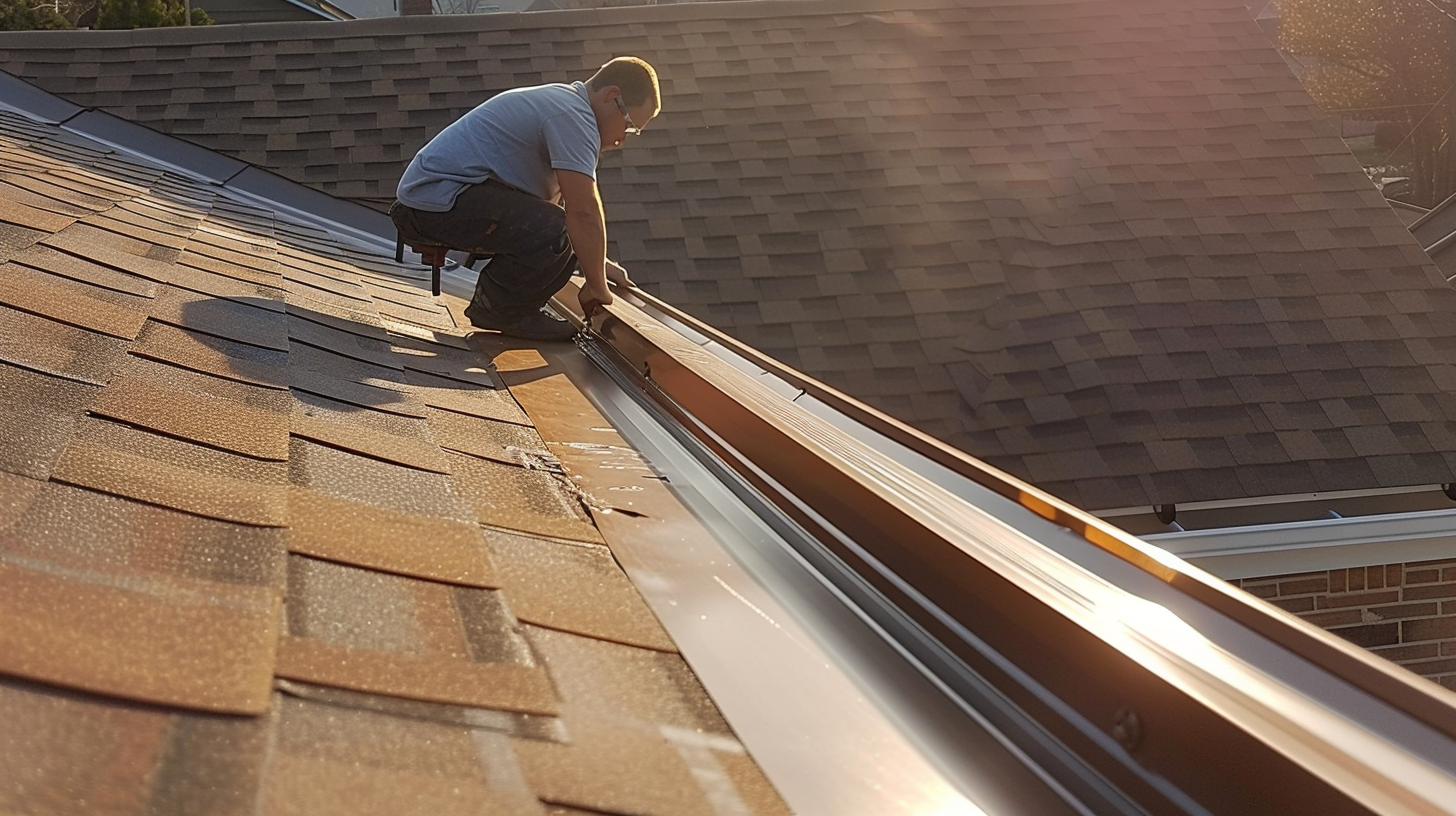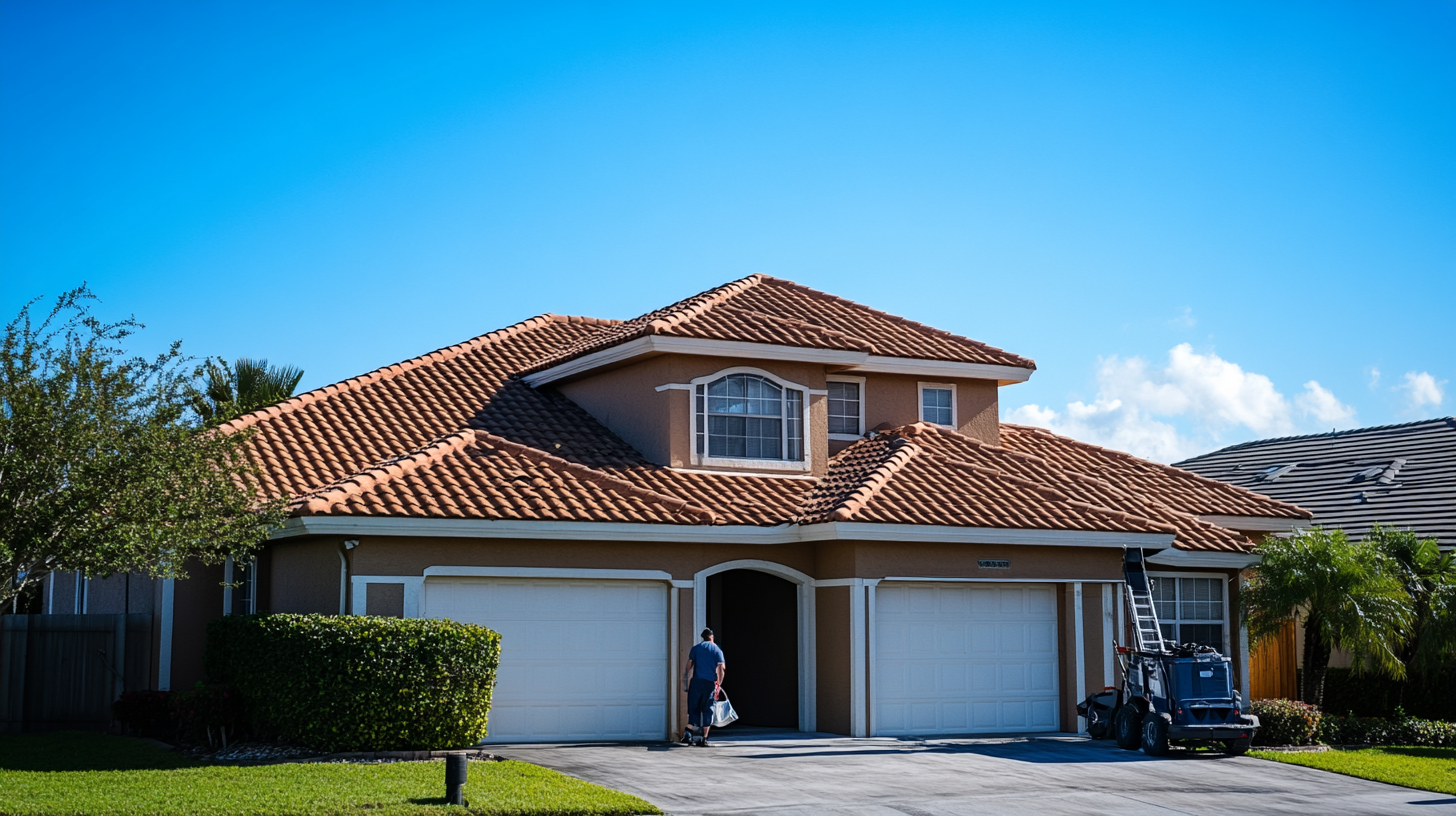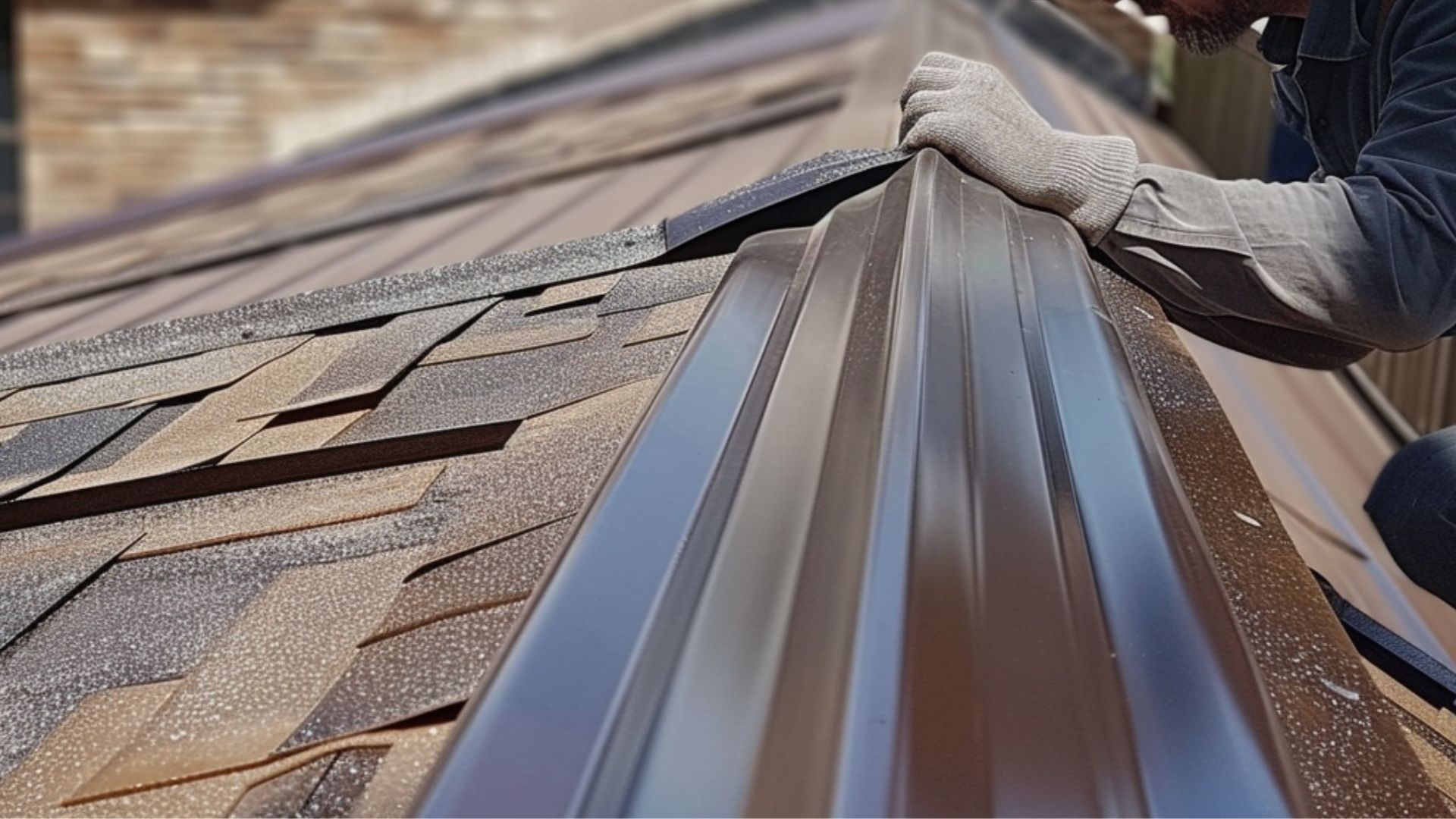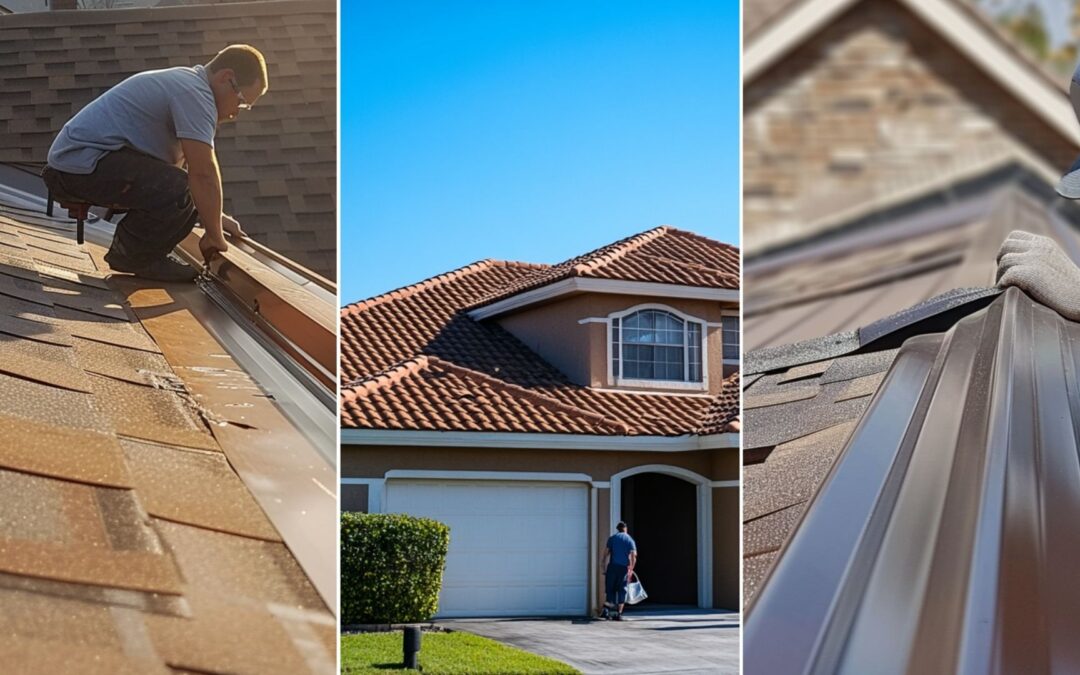Re-flashing is a crucial aspect of roof repair that involves installing or replacing waterproof barriers around key roof areas, such as chimneys, vents, and skylights. Over time, the existing flashings can deteriorate due to weather exposure, allowing water to seep into vulnerable spots and potentially leading to severe structural damage. By addressing these issues through re-flashing, homeowners can restore their roof’s integrity and enhance its lifespan. This proactive maintenance measure provides peace of mind by mitigating the risk of leaks and costly repairs in the future.
Understanding roof leaks is crucial for maintaining your home’s integrity and ensuring its occupants’ safety. Roof leaks can arise from various factors, including age, wear and tear, improper installation, and damage to crucial roofing components, leading to significant issues if not addressed promptly. By recognizing the signs of damage early on, such as water stains or damp exterior walls, homeowners can take proactive measures to protect their investment.
Several common causes of roof leaks include damaged shingles, deteriorated flashing, and compromised roof deck sections, which may require prompt repair using materials like roofing cement. For example, repairing or replacing a piece of flashing around vents or chimneys is an effective way to reinforce vulnerable areas. Regular roof inspections by a professional roofer are essential for catching problems before they escalate.
Re-flashing prevents future leaks and prolongs the lifespan of your roof by reinforcing key areas, safeguarding your home, and avoiding costly repairs. Understanding these elements will empower homeowners to make informed decisions about their roof maintenance and repair strategies.

Re-Flashing - Causes of Roof Leaks - Sky Roofing Construction & Remodeling
Roof leaks can often be traced to overlooked issues such as damaged roof shingles and deteriorating flashing, which play crucial roles in maintaining the integrity of roof structures. Weather conditions, including heavy rain, snow, and extreme temperatures, can accelerate the wear and tear on these components, especially on sloped roofs where water runoff is critical to prevent pooling. Problems can lead to costly roof repairs without proper attention, mainly when minor issues are addressed and escalate over time.
Routine maintenance neglect can further weaken roof planes, allowing minor damages to develop into significant vulnerabilities that result in water damage. For instance, problems with the layers of shingles or improper application of the step method during installation can contribute to roof leaks. Engaging roofing professionals for regular inspections and repairs is critical to early detection, as timely intervention simplifies repair jobs and reduces the need for premature roof replacement.

Re-Flashing - Importance of Timely Repairs - Sky Roofing Construction & Remodeling
Importance of Timely Repairs
Proper maintenance of crucial roofing components like roof flashing is essential for safeguarding your home against leaks and potentially severe water damage, especially during the rainy season. Compromised flashing is often a primary culprit behind costly damage, making timely roofing repairs necessary. Experienced roofing contractors are vital in addressing issues with various key types of flashing, including valley, continuous, step, drip edges, plastic flashing, and rubber boots. Homeowners can prevent water penetration and ensure that their drainage systems function effectively by ensuring these components are intact.
This proactive approach not only preserves the integrity of your roof but also enhances the overall protection of your property. Roofing inspections conducted by experienced roofers can identify areas where flashing repairs are needed, whether using a putty knife to apply sealant or installing a metal or sheet metal strip to reinforce weakened areas. Understanding the types of metals used in flashing, such as aluminum, steel, or copper, is crucial for selecting durable materials that withstand exposure to weather.
Adequate drainage provided by well-maintained flashing prevents water stains on interior ceilings and water penetration into walls. Taking action promptly can save homeowners from extensive repairs and preserve their home investment.

Re-Flashing - What is Roof Flashing - Sky Roofing Construction & Remodeling
Roof flashing is a crucial component of a roofing system designed to direct water away from vulnerable areas, thereby preventing leaks and water damage. Typically made from durable materials such as metal, plastic, or rubber, flashing is installed around features like chimneys, vents, and joints where different
roofing materials meet. Understanding the importance of roof flashing is essential for property owners, as it plays a significant role in maintaining the integrity of a roof. Routine inspections and timely maintenance of flashing can extend the lifespan of your roof, making it a critical focus in practical roofing and construction services.
Roof flashing is a crucial component of any roofing system, designed to direct water away from critical areas to prevent leaks and safeguard the roof’s integrity. Its primary purpose is to create a watertight barrier at vulnerable points, such as chimneys, vents, and joints, ensuring moisture does not seep into the underlying structures. However, the effectiveness of roof flashing can be compromised by improper installation, subpar materials, or the aging process, which may lead to flashing failure over time. It is essential to adhere to manufacturer guidelines during installation to ensure optimal performance and longevity. By understanding the definition and purpose of roof flashing, homeowners can better appreciate its role in maintaining a leak-free roofing system and the importance of regular inspections and timely repairs.
Common Types of Roof Flashing
Re-flashing is a crucial aspect of roof repair that enhances the longevity and integrity of roofing systems by addressing potential leak points. Understanding the standard roof flashing types—apron, counter, step, valley, cap, continuous, and vent pipe flashing—can help homeowners recognize the most effective solutions for their roofing issues. Each type of flashing serves a distinct purpose, with installation areas varying based on the roof’s design and the particular problem areas that may benefit from additional protection. For example, apron flashing directs water away from roof edges, while counter flashing protects joints in chimney installations. Step flashing is essential for wall-to-roof intersections, and valley flashing manages water flow in roof valleys. By appropriately installing different roof flashing types, you can effectively prevent leaks and ensure a durable, weather-resistant roof. Selecting the right flashing is vital to addressing concerns related to moisture intrusion and maintaining the overall health of your roofing system.
The Role of Flashing in Preventing Water Damage
Re-flashing is a critical aspect of roof maintenance that can significantly enhance the longevity and performance of a roofing system. Flashing, the thin metal strips installed at joints and seams are essential in directing water away from vulnerable areas, thereby preventing leaks and water infiltration. Over time, however, flashing can become damaged or corrupted, compromising its effectiveness and leaving roofs susceptible to water damage. Understanding the importance of properly installed and well-maintained flashing is vital for homeowners and builders alike, as it serves as the first line of defense against the destructive forces of nature.
Flashing plays a crucial role in maintaining the integrity of a roof by effectively redirecting water away from critical areas and preventing leaks. By strategically placing flashing at joints, valleys, chimneys, vents, and where the roof meets walls, it acts as a barrier that seals potential entry points for moisture. This ensures proper water drainage, safeguarding the roofing materials and the underlying structure from damage. Common types of flashing include base flashing, designed to seal the joints around chimneys to prevent water infiltration, and drip edge, used at the roof’s edges to direct water away from the fascia and into gutters. These components are typically made from durable materials like aluminum, copper, or galvanized steel, each chosen for its weather resistance and longevity. Understanding how flashing operates and its key types is essential for effective roof repair and long-term maintenance, ultimately protecting your home from costly water damage.
Areas Prone to Water Infiltration
Water infiltration can pose significant risks to the integrity of a home, particularly in areas such as basements, crawl spaces, and locations near foundations where drainage issues often arise. These vulnerable spots can allow moisture to seep in, leading to structural damage and creating an environment conducive to mold growth if not effectively managed. Homeowners should be vigilant for common indicators of water infiltration, including damp or stained walls, musty odors, or visible mold growth. Addressing these issues promptly is essential to prevent costly repairs and ensure a safe living environment. By recognizing these key areas and understanding the potential consequences of water infiltration, homeowners can take proactive measures to protect their properties.
Ensure Your Roof’s Longevity with Professional Re-Flashing
Re-flashing is an essential service that protects your home from water damage and extends the life of your roof. By addressing vulnerable areas with high-quality flashing, you can prevent leaks and maintain your roof’s integrity. If you need expert help with re-flashing or any roofing installation, contact Sky Roofing Construction & Remodeling today at (210) 942-9797 to schedule a consultation and ensure your roof is in top condition (https://skyroofingconstructiontx.com). Your home deserves the best protection, so don’t hesitate to reach out!




